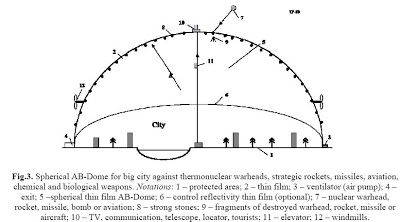Sep 2, 2008
Threats to humanity – the old and the resurgent
Posted by Danny Belkin in categories: biological, biotech/medical, geopolitics
Following is a discussion of two potential threats to humanity – one which has existed for eons, the second we have seen recently resurfacing having thought it had been laid to rest.
First, a recent story on PhysOrg describes the work researchers at Vanderbilt University have performed in isolating antibodies from elderly people who had survived the 1918 flu pandemic. This comes three years after researchers at Mount Sinai and the Armed Forces Institute of Pathology in Washington, D.C isolated the same virus which caused this outbreak from the frozen bodies of people in Alaska who had died in the pandemic.
In addition to being an impressive achievement of biomedical science, which involved isolating antibody-secreting B cells from donors and generating “immortalized” cell lines to produce large amounts of antibodies, this research also demonstrates the amazing memory the immune system has (90 years!), as well as the ability scientists have to use tissue samples from people born nearly a century ago and fashion them into a potential weapon against future similar outbreaks. Indeed, these manufactured antibodies proved effective against 1918 flu virus when tested in mice.
Continue reading “Threats to humanity – the old and the resurgent” »











